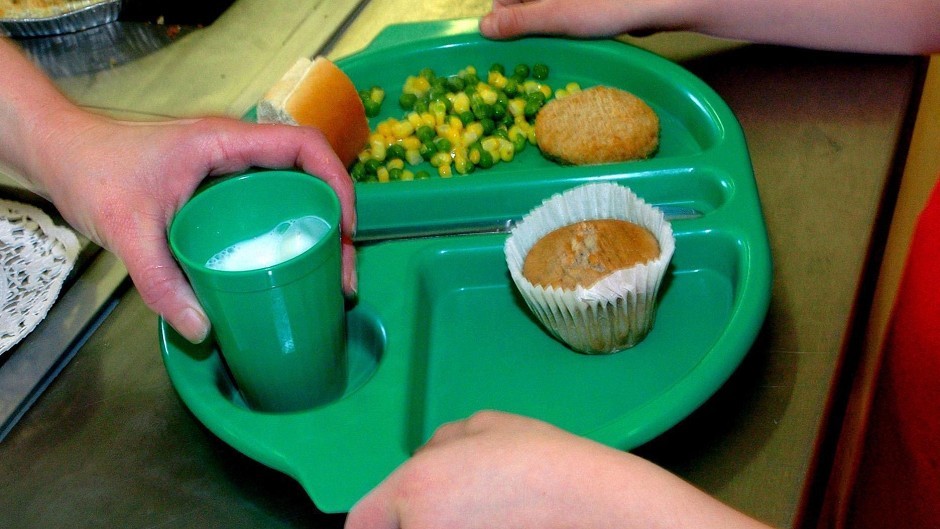Teenagers are not taking school meals in Highland because the council does not serve chips, crisps or sweets, officials have claimed.
The percentage of pupils in secondary schools staying for school meals has stayed the same for the past two years, despite efforts to boost numbers.
There has also been some concern at the slow uptake of school meals among primary 1-3 pupils, who are now entitled to a free meal.
It is hoped that word of mouth will now lead to higher numbers in the next few weeks.
A range of work was undertaken in school kitchens across the Highland to ensure that every school could comply with the requirement.
This included new dining furniture, new serving equipment and new fridges and freezers.
Some 53 new posts were also created to assist with food preparation and serving.
Extensions are also planned for a number of schools.
Officials have said that uptake in the first week has also depended on what is on the menu.
Meanwhile a report from the school meals working group has detailed the work it is doing to increase numbers taking school meals in primary as well as secondary.
Norma Murray, facilities services manager, said that it was “soul destroying” to see youngsters purchasing multipacks of crisps at supermarkets and then sharing them among friends.
She said: “When you look at those who are not coming for school meals, it is because of what we do not sell.
“We are trying to provide health food for wellbeing so we do not have crisps, chips or sweets.”
Councillor Margaret Davidson said: “It is cheaper to go to Morrisons and buy a whole apple pie for a pound than pay for a school meal.”
The report also revealed that the cost of providing a school meals is £3.51. At present primary pupils pay £1.95, and secondary £2.15.
However budget pressures mean that the cost is to increase by 10p per year on top of inflation for the next four years.
Councillor Kate Stephen said that she thought the cost “reasonable”.
But she added: “For one pupil it would cost between £40 and £50 a month. When you have two kids that is a significant cost.”

